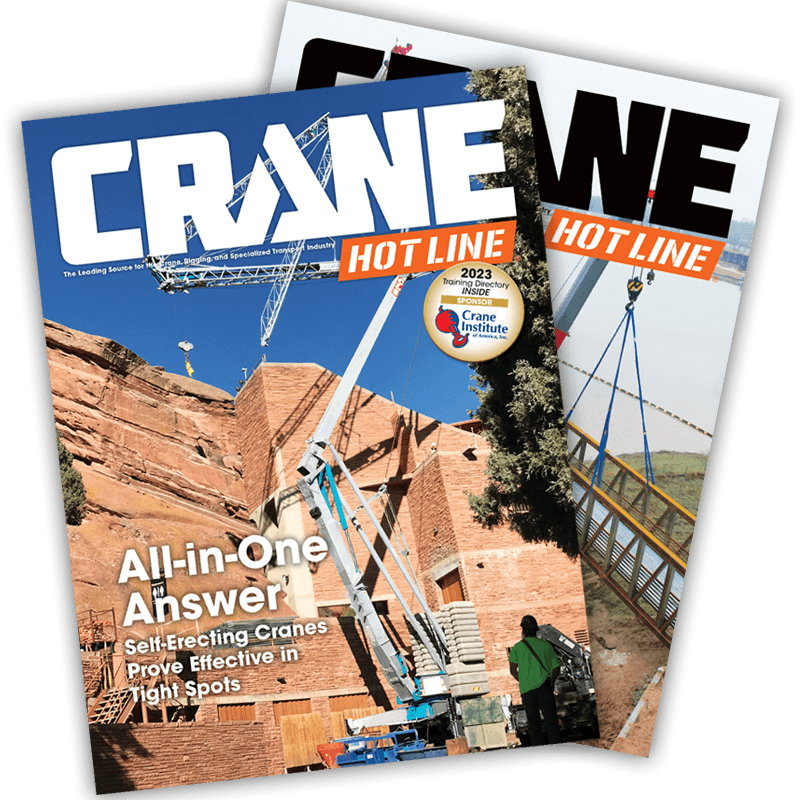Potain Tower Cranes Support Downtown Madison Project
Two Potain tower cranes help build a 14-story mixed-use development in downtown Madison under airport flight path limits.
Two Potain topless tower cranes—a MDT 489 M25 and an MDT 219 J10—are helping transform the Madison, Wisconsin, skyline by supporting the construction of a 14-story mixed-use development at 109 E Wilson Street, just blocks from the state capitol.
The cranes, supplied by Reynolds Rigging and Crane Service, Inc., were selected by construction company Findorff for their ability to operate efficiently in tight urban conditions and under strict airport flight path regulations.
“I don’t think this project would be possible without the topless design of the Potain cranes,” said Nathanael Reynolds, executive vice president at Reynolds. “There was a very narrow set of parameters — both on the ground and in the air — that the cranes needed to fit within to complete the lifting work. We were able to help Findorff successfully plan the project with the only tools that could get the job done.”
The project will include 244 residential units, a food hall with patio lake-front seating, a rooftop pool terrace, a Sky Lounge, a high-end restaurant, a three-story parking garage and a green roof. The development is designed to meet LEED Silver standards.
Reynolds chose the Potain cranes for their compatibility with the job’s zero-lot footprint and surrounding constraints, including a two-way road and railroad tracks at the site’s rear. The MDT 489 M25 was set up at its maximum freestanding height of 232 ft with a 197-ft jib. The MDT 219 J10, using a K600 to K400 tower, complements the taller crane with its own freestanding configuration.
The MDT 489 M25, with a 27.6 USt maximum capacity and 262-ft jib, was assembled using a large mobile crane. It is configured on this site with a 197-ft jib and an 8.5 USt tip capacity. The MDT 219 J10, which has an 11 USt maximum capacity and a 213-ft jib, was erected in sections by the MDT 489 M25 and will also be disassembled by it at the project’s conclusion to reduce costs.
Both cranes feature automatic 2-part to 4-part trolley systems, enabling operators to change configurations from the cab for added jobsite flexibility and reduced downtime.
“Driving green initiatives, the crane’s power control system technology enables the most effective and efficient use of job site electrical power. Lighter, ergonomically designed crane components lead to more efficient transportation, reducing the number of trucks needed and saving A&D time while reducing carbon emissions. The bottom line is that these cranes were a better choice for the environment and a strong and sustainable future,” Reynolds said.



